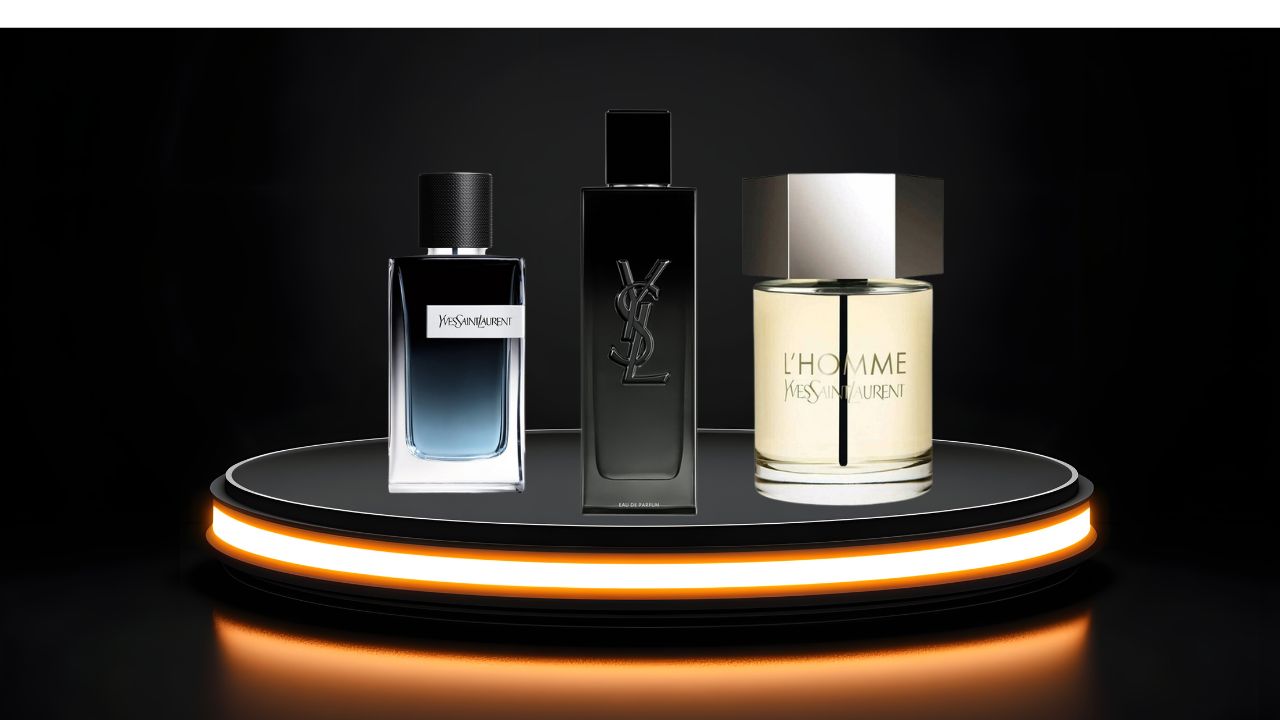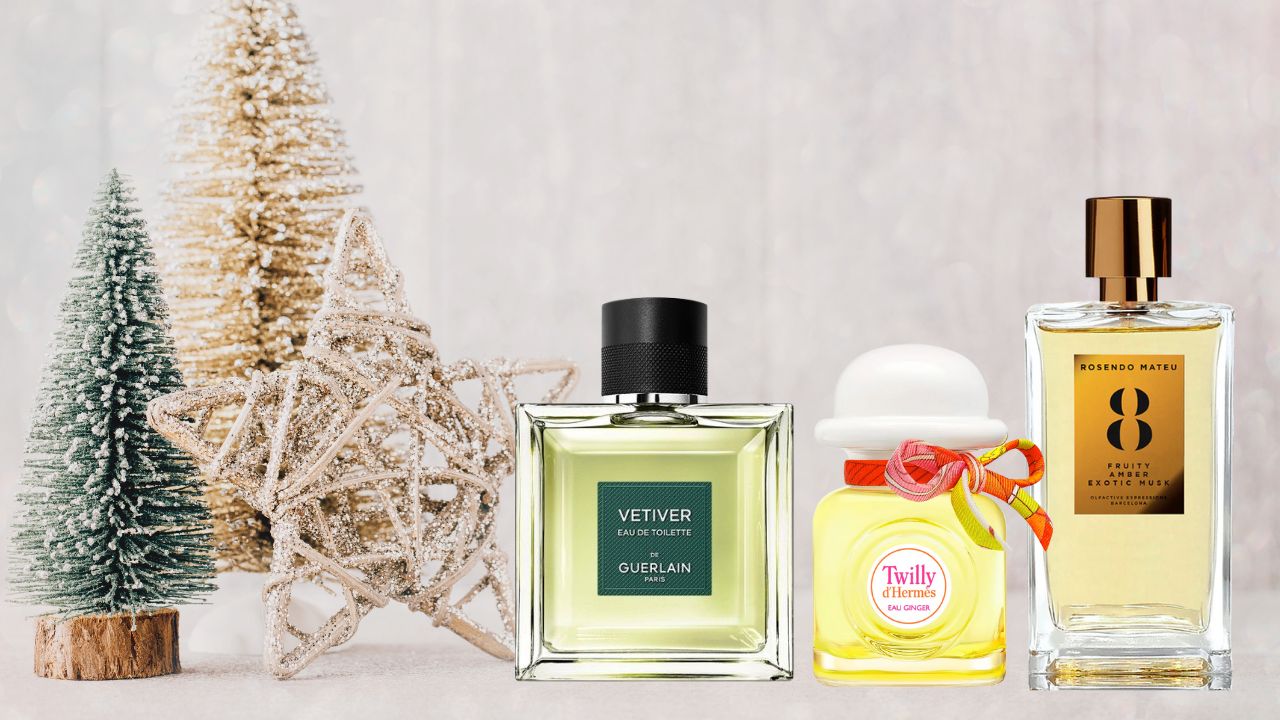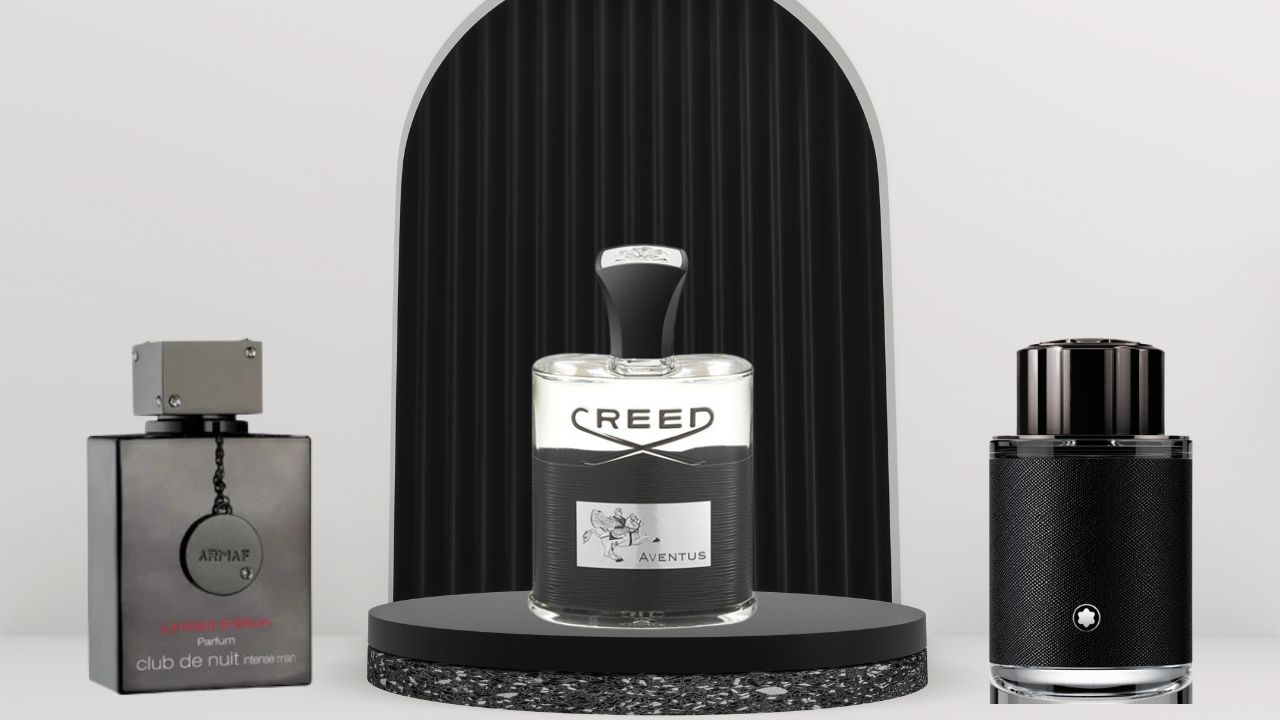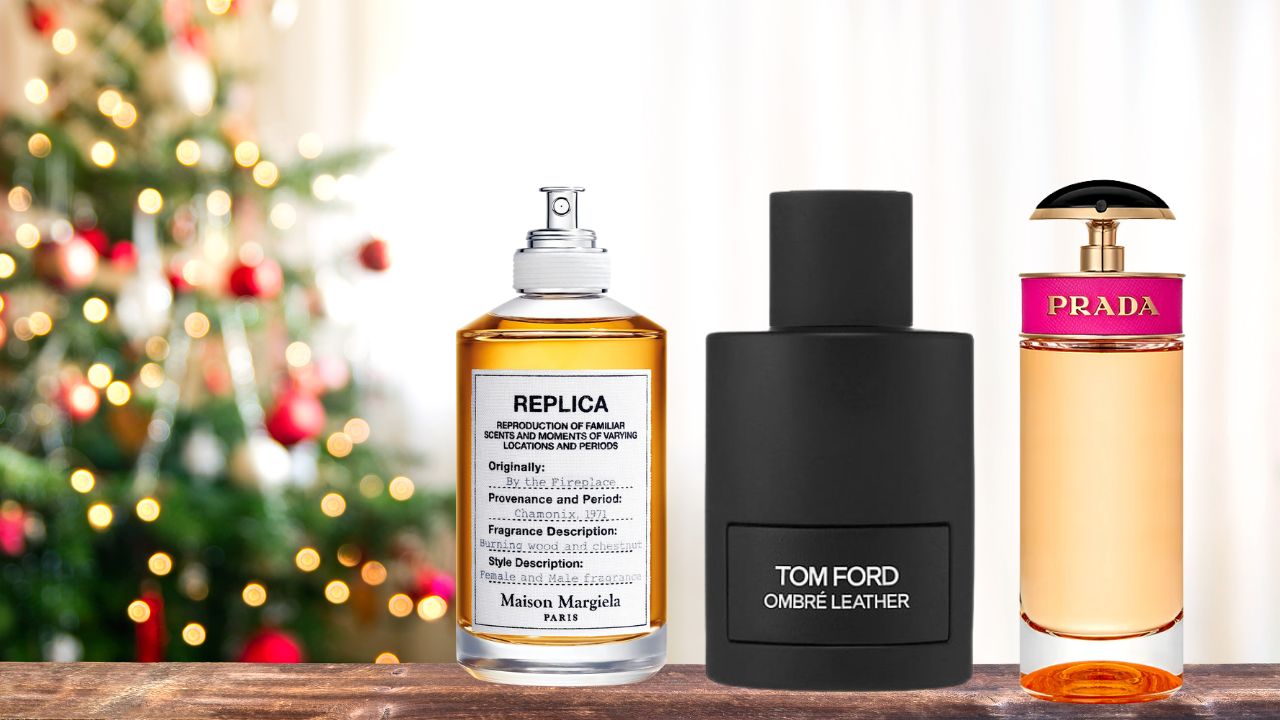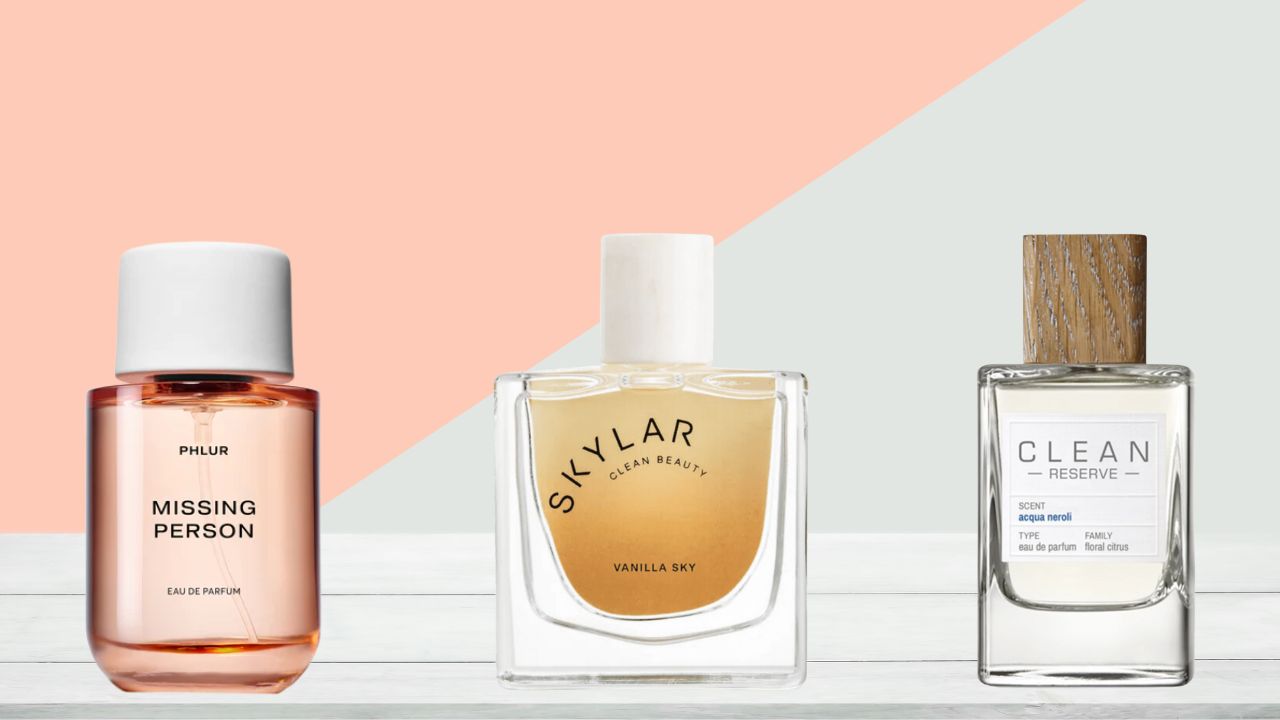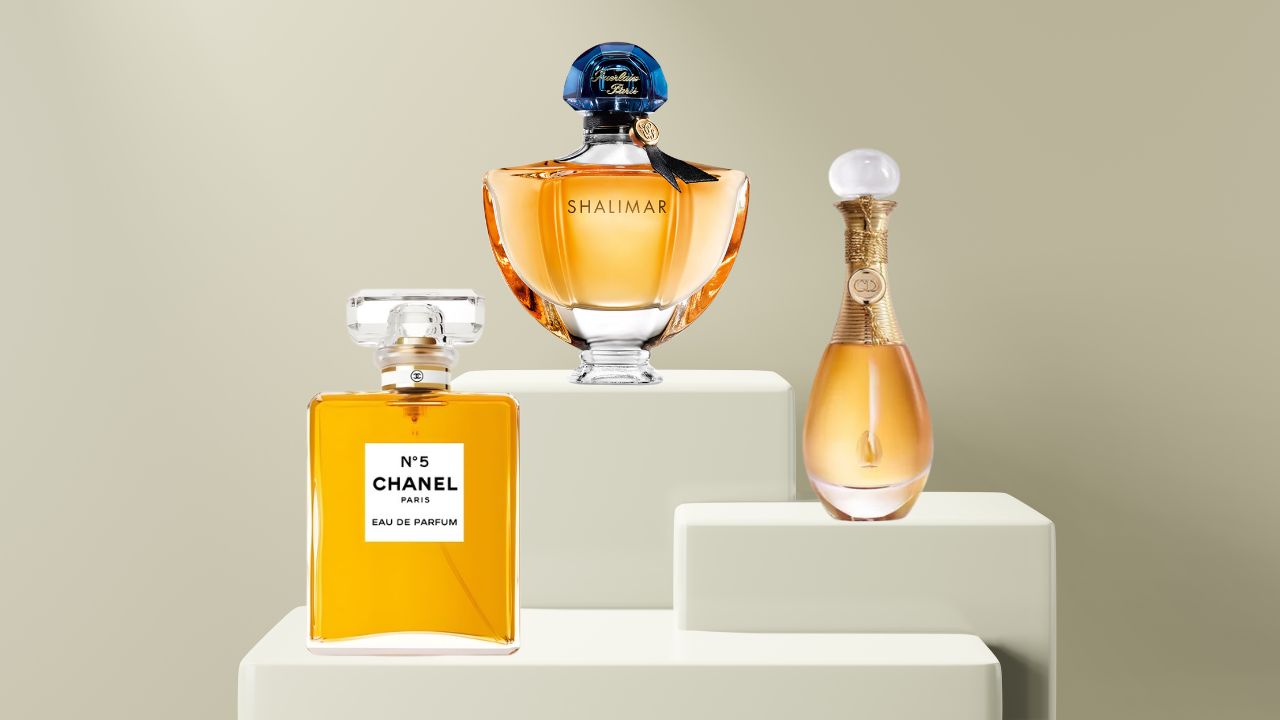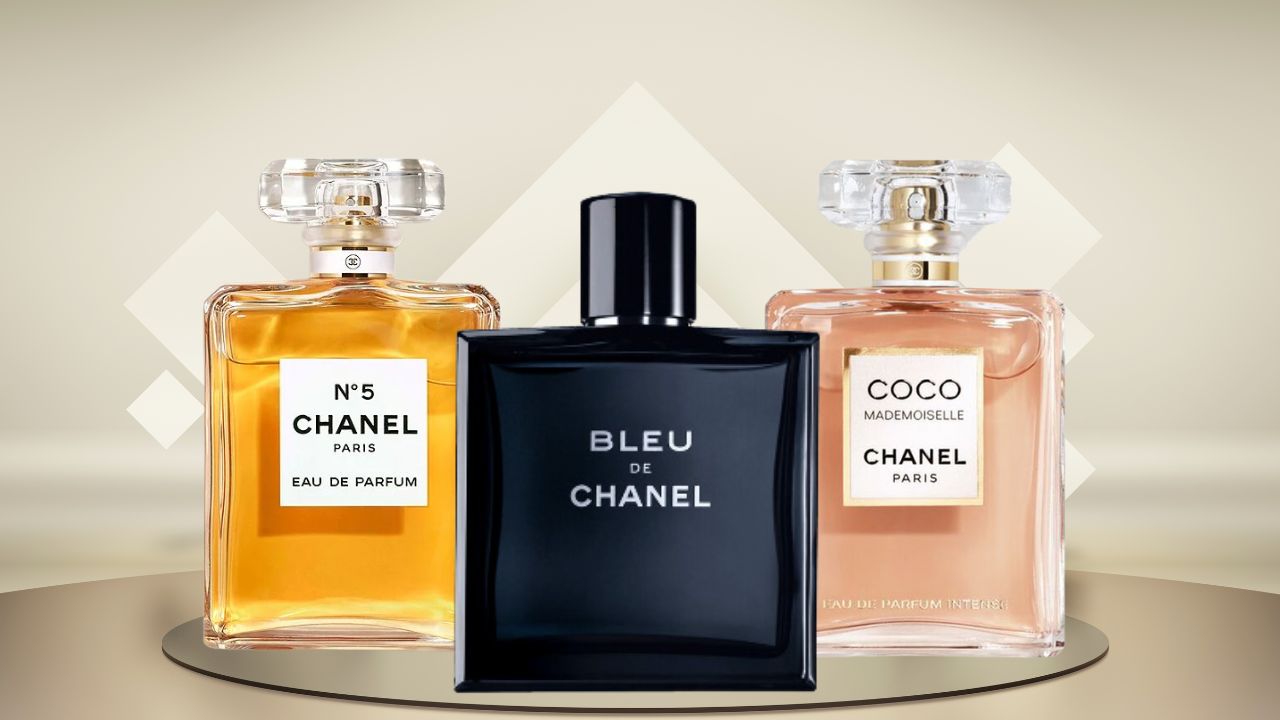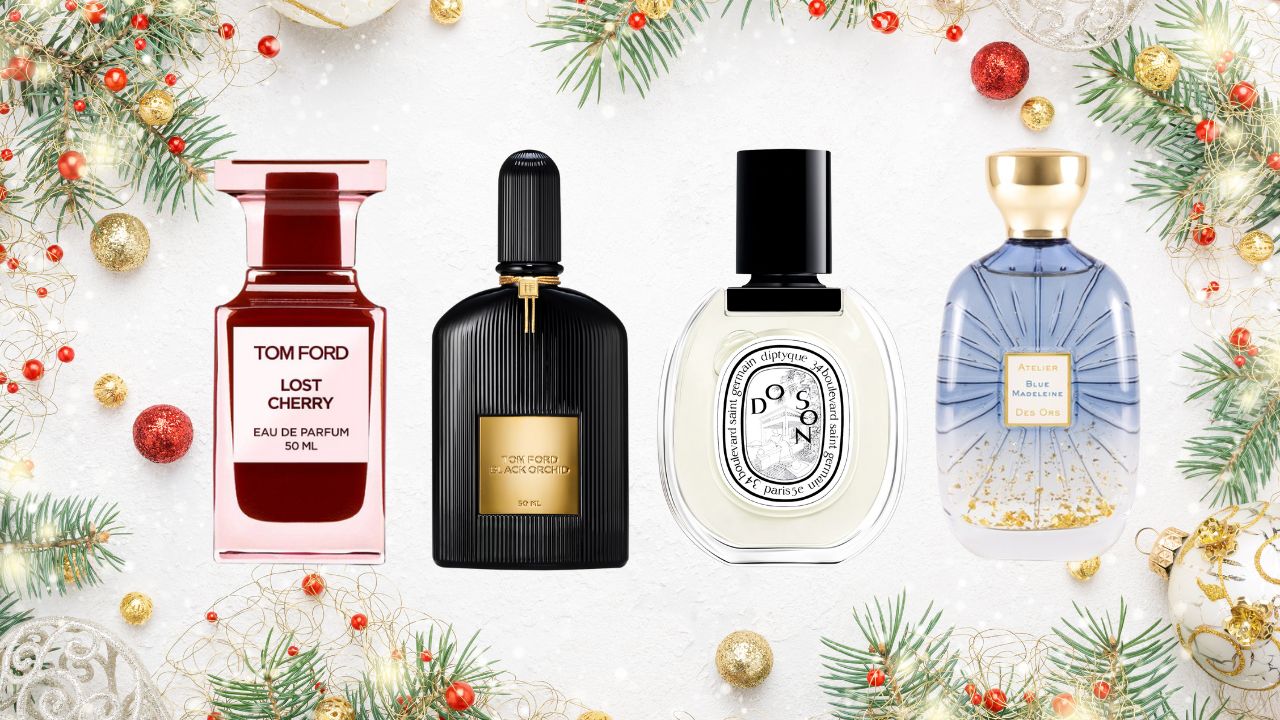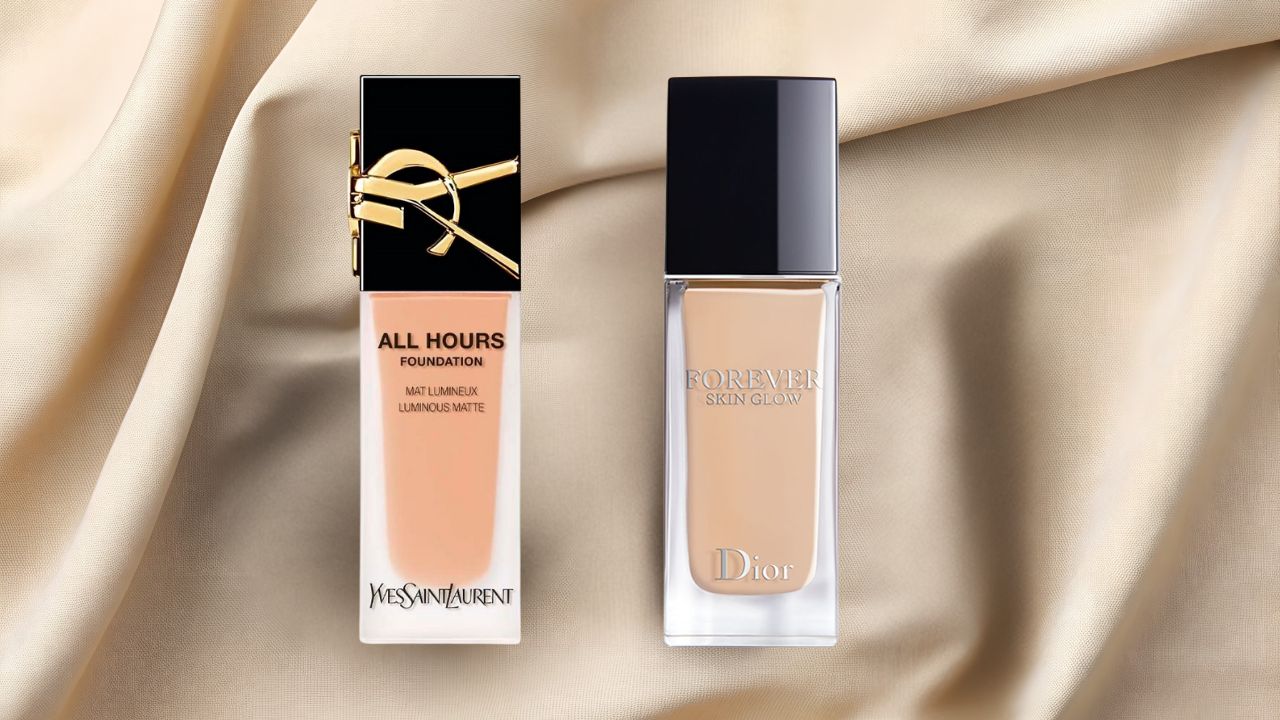Blog
Home / Origins & History of Perfume / Ancient Roman Perfume History
Categories
Recent Posts
- Best YSL Perfumes for Men in 2026: The Definitive Guide
- Affordable Christmas Perfume Gifts That Actually Feel Luxurious
- The Definitive Guide to Perfumes That Smell Like Creed Aventus: Luxury Scents Without the Luxury Price Tag
- Perfume Advent Calendars: 12 Days of Niche Scents
- Christmas Makeup Ideas: Your Guide to Festive Glamour That Actually Works
Ancient Romans were massive proponents of perfume, and they used it as a form of luxury. If the Egyptians were the inventors, the Romans were the innovators as they came up with different fragrant items for the pleasure of the Gods and their own.
How did the Romans use scented ointments?
Created using natural ingredients like flower petals and spices, scented ointments were originally used for therapeutic and religious purposes.
Ancient customs dictated that the priests have to throw scented ointments on braziers to create a column of fragrant smoke that could reach the Gods. It was the Roman way of pleasing the Gods and asking for their blessing.
Scented ointments soon earned their reputation as a grooming item to cleanse the body. The Romans engaged in this cleansing both at home and in the ancient gyms. They adored being massaged with scented oils and ointments in the thermal baths, inside the Unctorium. Sometimes, the oils were directly added to the water.
The modern concept of room fresheners stems from the Romans using essential oils to create a fragrant atmosphere during official banquets.
What were the most popular raw materials for perfume-making?
The Romans commonly used roses, lavender, quinces, pomegranates, grapes, basil and rosemary in their perfumes. Cinnamon myrrh and opobalsam (classic incense) alongside resins were considered to be highly precious ingredients.
A lot of the raw materials were also sourced from areas occupied by the Roman troops. As a result, many Roman soldiers and merchants used fragrant materials at first.
The Romans devised ways to make ointments, perfumes, scented water, and even perfumed powders. The distillation process or blow molding technique we know now was first used by the Romans. They also began the tradition of storing perfume in glass bottles.
Perfume as a Sign of Wealth in Ancient Rome
Perfume was a symbol of luxury and wealth among the Romans. As a result, it was excessively and almost exclusively used by the upper-class elites. Sumptuous banquets, as mentioned above, heavily used perfume to create an ambiance of grandeur. From consuming scented asparagus served on fragrant wooden platters to spraying guests with scented water, the Romans ensured that no stone was unturned.
The origin of a district of perfumers called “unguentarii” was an exciting development for rich Roman nobles who could head to these shops whenever they wanted to try new essences. It was common for them to cover themselves in perfume, and novelty was always welcome. A popular historical anecdote states that Ceaser used to be fond of the notes of Telinum, an ointment made of marjoram, fenugreek, and yellow sweet clover. Roman women used perfume in their hair for an overpowering burst of fragrance.
Selling Perfumes in Ancient Rome
It is important to note that there were no perfume specialists then. Those who could afford the expensive raw materials were able to experiment and create their own fragrances. The final price of a perfume depends on a lot of factors, including the material of its container. Since the elite Romans felt a sense of pride in wearing expensive perfume, prices were absurdly conflated from time to time.
Related posts
Best YSL Perfumes for Men in 2026: The Definitive Guide
In the hushed corners of Parisian perfumeries, where light filters through crystal bottles and conversation turns to notes of vetiver a...
Affordable Christmas Perfume Gifts That Actually Feel Luxurious
There's something inherently intimate about gifting fragrance—it's a gesture that says you've paid attention, that you understand someo...
The Definitive Guide to Perfumes That Smell Like Creed Aventus: Luxury Scents Without the Luxury Price Tag
There's a certain magnetism to walking into a room wearing the right fragrance. It's not loud, it's not desperate—it's simply there, co...
Perfume Advent Calendars: 12 Days of Niche Scents
There's something quietly revolutionary happening in the world of fragrance, and it arrives in December wrapped in numbered boxes. Forg...
Christmas Makeup Ideas: Your Guide to Festive Glamour That Actually Works
Picture this: You're getting ready for the season's most anticipated gathering, and you're faced with the same tired holiday makeup dil...
Perfumes That Smell Like Christmas: Your Guide to Festive Fragrance Magic
There's something almost alchemical about the way certain fragrances can transport you instantly to a snow-dusted evening in December, ...
Perfume for Sensitive Skin That Won’t Cause Allergies: The Essential Guide to Scent Without Irritation
There's a particular kind of disappointment that comes with finding a fragrance you love, only to discover hours later that your skin h...
10 of the Classic Perfumes That Never Go Out of Style: The Timeless Fragrances That Define Elegance
In the hushed elegance of a Parisian boutique, where crystal flacons catch the afternoon light like precious jewels, something remarkab...
Perfumes with the Most Beautiful Bottles: Where Art Meets Olfactory Excellence
In a world where first impressions are everything, the bottle sitting on your vanity speaks volumes before you've even spritzed a singl...
10 Best Chanel Perfumes: Timeless Elegance in Every Bottle
In the world of luxury fragrance, few names command the reverence and recognition that Chanel does. Picture this: it's 1921, and Gabrie...
The 10 Best Women’s Perfumes for Xmas Gifts: Luxury Fragrance Gift Guide 2025
Choosing the perfect women's perfume for Xmas gifts requires more than walking into a store and picking the prettiest bottle. The right...
Dior Foundation vs YSL Foundation: The Ultimate 2025 Comparison Guide
Standing in front of the luxury foundation counter, you're faced with a decision that's both exciting and overwhelming. Two beautiful b...
Comments



